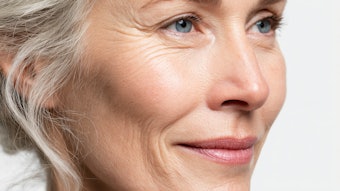
Vague terms like "vaginal rejuvenation" and "designer vagina" can undermine the seriousness of an elongated labia, particularly for those patients with one. Often attributed to congenital causes, exogenous hormones, chronic irritation, childbirth, aging and external physical causes, women at nearly every age, from birth to later adulthood, have symptoms such as tugging, twisting, urinary tract infections, personal hygiene issues, dyspareunia, pain during exercise, exposure in clothing and deviation of urine stream.
One way to alleviate the symptoms is labiaplasty, a surgical procedure that was performed over 11,000 times in 2019, according to the American Society of Plastic Surgeons, that can provide significant improvement in quality of life.
Heather Furnas, MD, FACS, and colleagues performed a study featured in the September 2020 issue of Plastic and Reconstructive Surgery to measure the degree of change in the incidence of specific, pre-existing functional and appearance-related symptoms after a labiaplasty.
The study included 62 women, (ranging in age from 17 to 61 with an average age of 33 years) undergoing labiaplasty. The patients completed a questionnaire about symptoms related to excess vaginal tissue before their procedures in 2016-17, and again at follow-up in 2019. The study revealed that, before surgery, all the women had at least one of a list of 11 symptoms commonly reported by labiaplasty patients.
Over half of patients surveyed experienced a negative impact on self-esteem (64.5%) and intimacy (62.9%), which dropped to 1.6% and 0% percent respectfully; twisting in clothing (58.1%) dropped to 3.2%; tight pants being uncomfortable (56.5%) dropped to 4.8%; and restriction of clothing choice (54.8%) dropped to 3.2%. In addition, the 46.8% with visibility in tight exercise clothing dropped to 1.6%; the 43.5% experiencing pain with intercourse dropped to 1.6%; and the 38.7% noting exposure in a bathing suit dropped to 1.6% after surgery.
"Our paper establishes the dramatic quality-of-life benefits of labiaplasty," said Dr. Furnas. "It provides new evidence that the current, common recommendation of nonsurgical treatments is inadequate to improve women's symptoms related to excess vaginal tissue."











